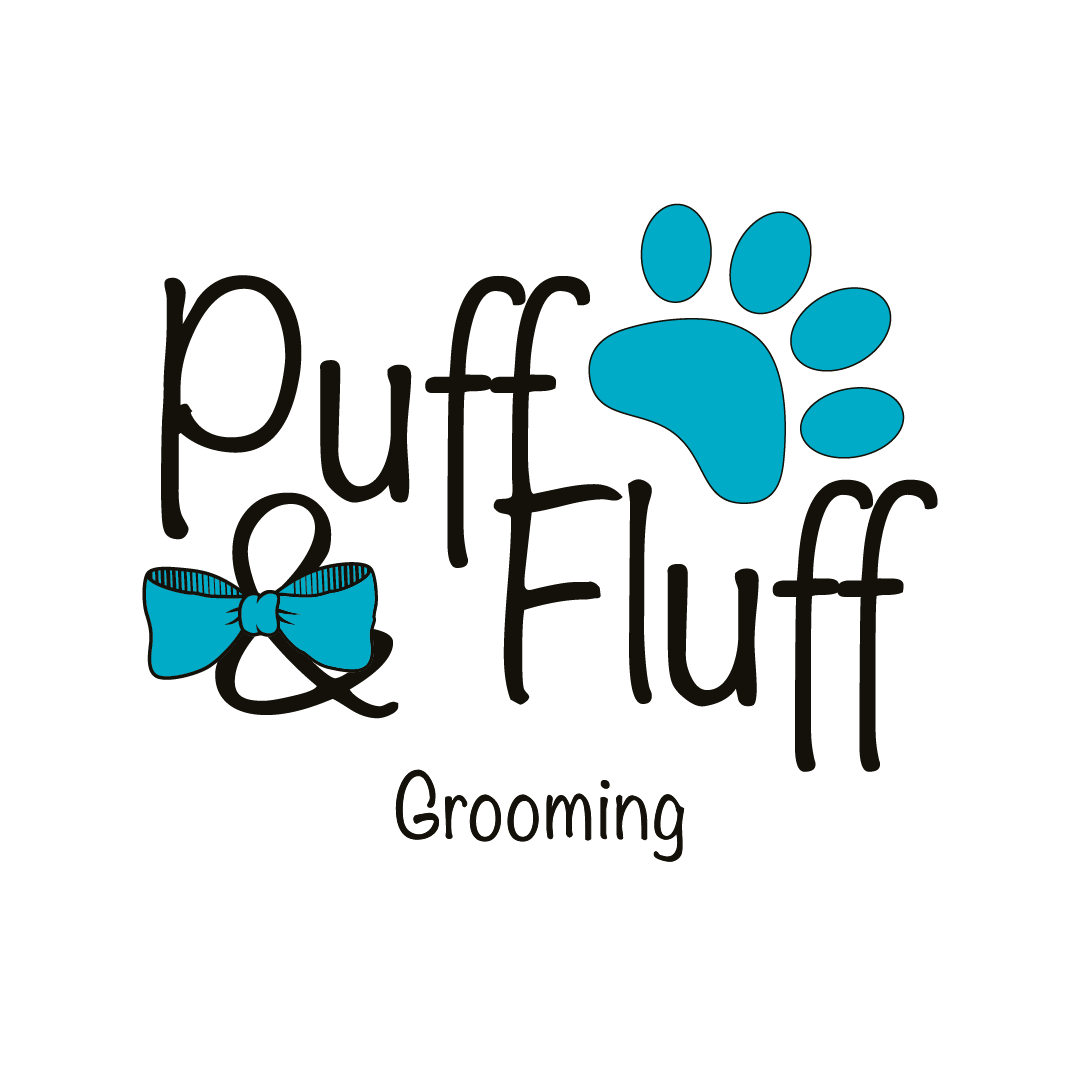Dogs and humans have been forming mutually beneficial relationships for centuries, and although this started off as a purely practical arrangement, the emotional ties we feel for our dogs make them even better companions. As we relied on animals less and less to help with hunting, farming, and pest control, their lifestyles changed as well.
Although most dogs do not have to move sheep around or track other animals, they still need to stay active to help them live long and fulfilling lives. In order to maintain their health and help them to stay active for as long as possible, there are a few simple ways to keep them fit, including:
Obedience training
Your dog needs to know how to respond to your commands, so committing to training for a short period every day will help you both to master new tricks. These can be as simple as improving recall and understanding how to walk to heel when told to, but they can also be more complex.
Some owners teach their dogs to offer up a paw, roll over, or open their mouths, all of which can be useful when it comes to the vet, but any training in which your dog learns to sit or lie down will also help them cope better with long-term training.
Even when your dog is young, you may find that they can only handle so much training at a time before they get fatigued. It’s important to listen to your dog and learn about their body language as they can communicate a lot about their feelings through the way they hold their tail or how they chase a ball.
Good diet
Some dogs are very food motivated, whereas others just want to eat and go, and it’s important to cater to your dog’s tastes as well as choosing food that is right for them. Some dogs thrive on raw meat and fish, whereas others prefer lightly steamed rice and chicken.
Your vet will usually help you find an eating plan designed to maintain your dog’s health and give them enough energy to sustain their lifestyle. Having your dog regularly weighed will help ensure that they do not put on too much weight, which can be tough on their joints and limit their mobility as they get older.
Mental agility
A big part of what keeps dogs active is their natural curiosity and desire to explore the world, so it’s important to provide your dog with stimulating environments and places where they are likely to encounter new smells and sensations. Because they are so clever, dogs need to be challenged mentally, and you can achieve this by building enrichment activities into their daily lives.
Despite the popular saying, you can teach new tricks even to older dogs, which is a great way to keep their brains and bodies active and give them a sense of achievement. Developing new skills, such as getting food out of a puzzle toy, can help your dog stay motivated and eager to move.
Strength training
Dogs with strong muscles are less prone to injury and are able to stay active for longer, so strength training can be an important part of keeping your dog healthy and active for longer. Playing games such as tug of war, swimming, running in shallow water, and pulling weights can all help your dog build up their strength and stay healthy for as long as possible.
Regular vet checks
Your vet will be your best ally when it comes to helping your dog stay fit and healthy for as long as possible. Taking your dog for regular appointments will help identify any issues in their earliest stages to make treatment easier and more effective.
Your vet will be able to help you guard against breed-specific issues and advise you of any symptoms to be aware of for the most common illnesses seen in dogs. You can keep your vet costs low and be prepared for any eventuality when you have dog insurance providers will cover the costs of keeping your pet healthy into their old age.
Keep things exciting
Dogs enjoy exploring new places and making new friends, so it’s important to provide plenty of interesting things for them to do, even as they get older. This can be anything from a trip to the beach to play in the waves to a new toy to play with at home – your dog will enjoy the novelty.
Your dog may prefer a few shorter walks in a day to one long one, and this can give you a chance to explore your local area together.
As your dog gets older you may need to adjust your routine to accommodate their changing abilities. This might be as simple as opting for flatter, easier walks, or it could include physiotherapy or hydrotherapy to help ease stiff joints.
You can help keep your pet in top condition for as long as possible by being attentive to its needs and acting swiftly whenever you feel they need additional care and attention.
